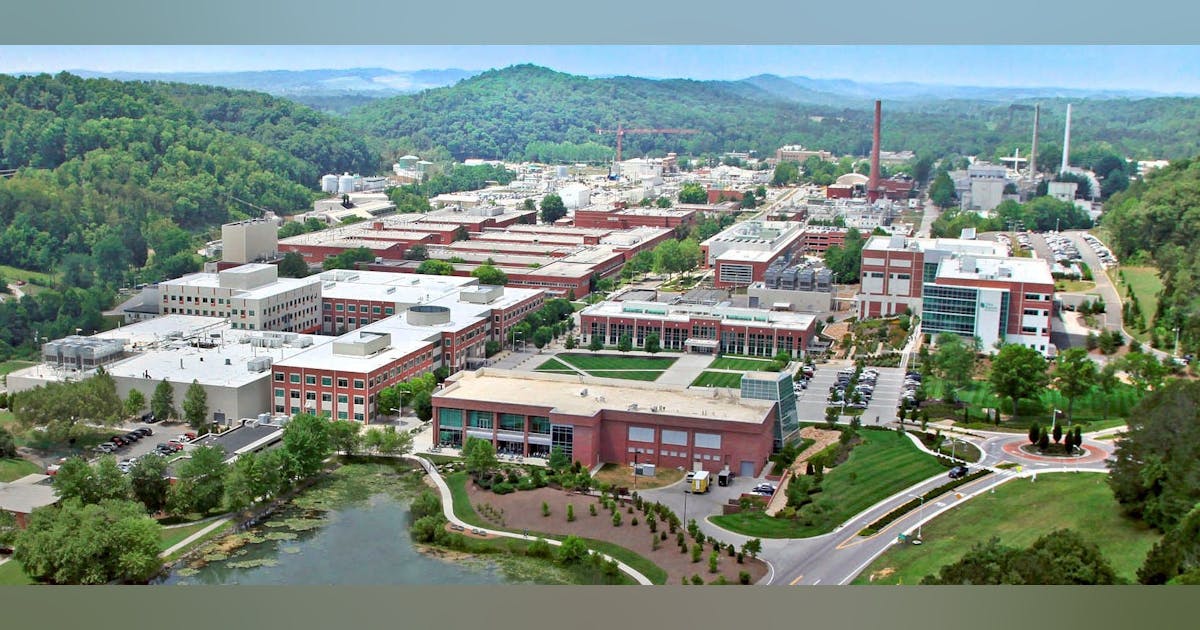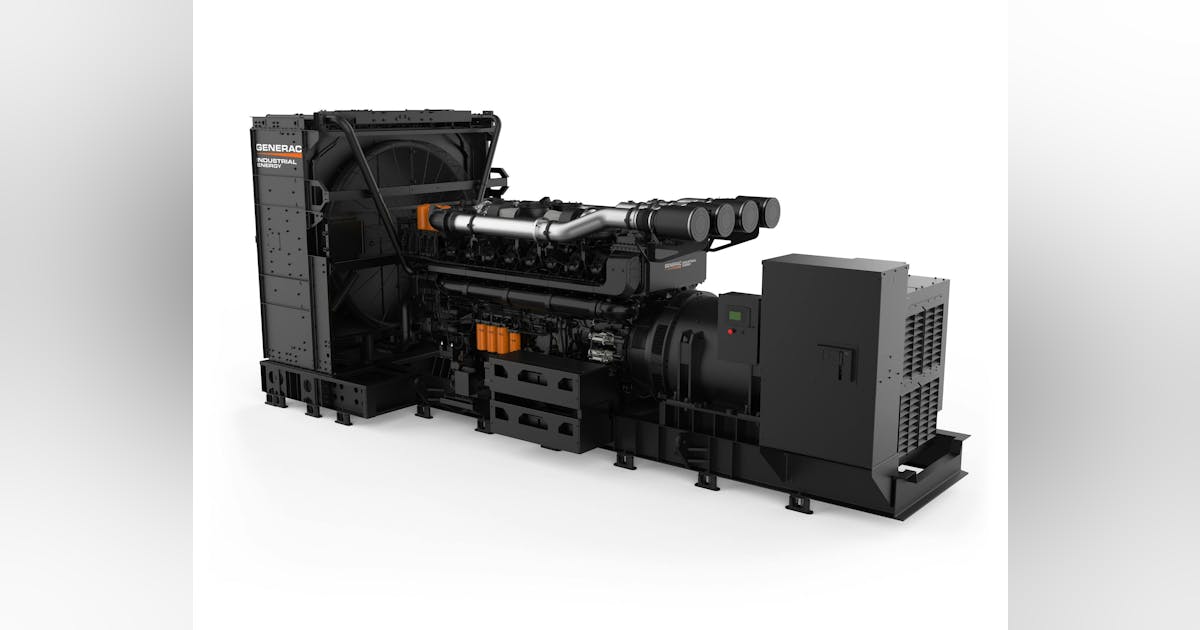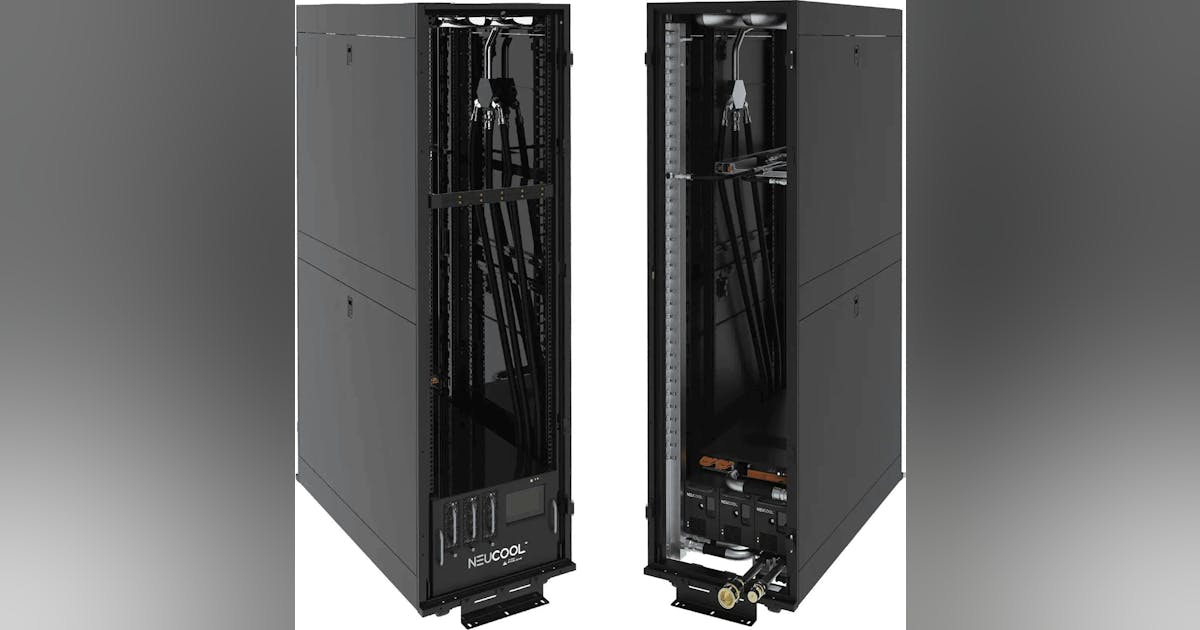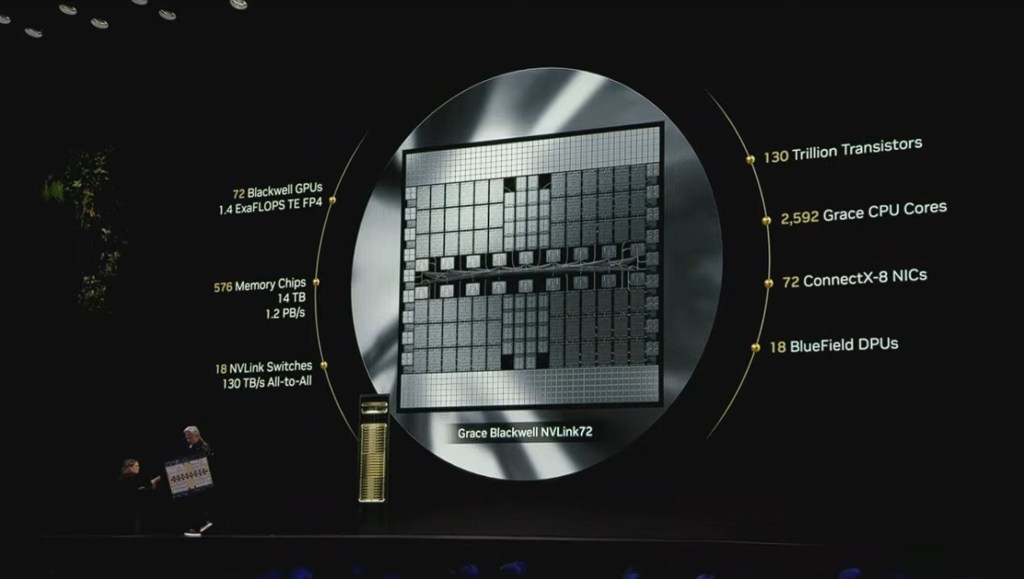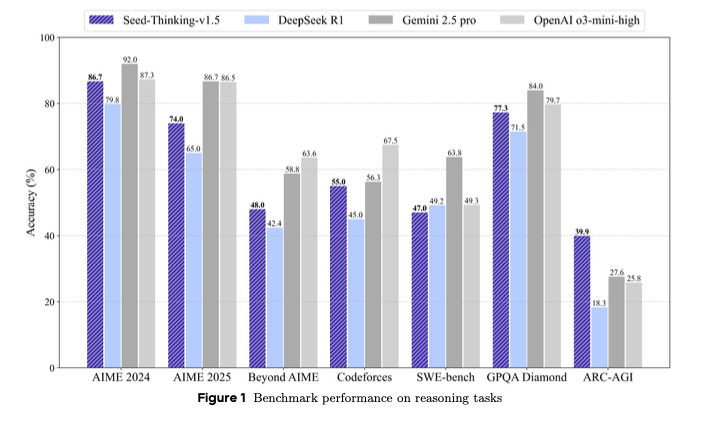In 2021, 20 years after the death of her older sister, Vauhini Vara was still unable to tell the story of her loss. “I wondered,” she writes in Searches, her new collection of essays on AI technology, “if Sam Altman’s machine could do it for me.” So she tried ChatGPT. But as it expanded on Vara’s prompts in sentences ranging from the stilted to the unsettling to the sublime, the thing she’d enlisted as a tool stopped seeming so mechanical.
“Once upon a time, she taught me to exist,” the AI model wrote of the young woman Vara had idolized. Vara, a journalist and novelist, called the resulting essay “Ghosts,” and in her opinion, the best lines didn’t come from her: “I found myself irresistibly attracted to GPT-3—to the way it offered, without judgment, to deliver words to a writer who has found herself at a loss for them … as I tried to write more honestly, the AI seemed to be doing the same.”
The rapid proliferation of AI in our lives introduces new challenges around authorship, authenticity, and ethics in work and art. But it also offers a particularly human problem in narrative: How can we make sense of these machines, not just use them? And how do the words we choose and stories we tell about technology affect the role we allow it to take on (or even take over) in our creative lives? Both Vara’s book and The Uncanny Muse, a collection of essays on the history of art and automation by the music critic David Hajdu, explore how humans have historically and personally wrestled with the ways in which machines relate to our own bodies, brains, and creativity. At the same time, The Mind Electric, a new book by a neurologist, Pria Anand, reminds us that our own inner workings may not be so easy to replicate.
Searches is a strange artifact. Part memoir, part critical analysis, and part AI-assisted creative experimentation, Vara’s essays trace her time as a tech reporter and then novelist in the San Francisco Bay Area alongside the history of the industry she watched grow up. Tech was always close enough to touch: One college friend was an early Google employee, and when Vara started reporting on Facebook (now Meta), she and Mark Zuckerberg became “friends” on his platform. In 2007, she published a scoop that the company was planning to introduce ad targeting based on users’ personal information—the first shot fired in the long, gnarly data war to come. In her essay “Stealing Great Ideas,” she talks about turning down a job reporting on Apple to go to graduate school for fiction. There, she wrote a novel about a tech founder, which was later published as The Immortal King Rao. Vara points out that in some ways at the time, her art was “inextricable from the resources [she] used to create it”—products like Google Docs, a MacBook, an iPhone. But these pre-AI resources were tools, plain and simple. What came next was different.
Interspersed with Vara’s essays are chapters of back-and-forths between the author and ChatGPT about the book itself, where the bot serves as editor at Vara’s prompting. ChatGPT obligingly summarizes and critiques her writing in a corporate-shaded tone that’s now familiar to any knowledge worker. “If there’s a place for disagreement,” it offers about the first few chapters on tech companies, “it might be in the balance of these narratives. Some might argue that the benefits—such as job creation, innovation in various sectors like AI and logistics, and contributions to the global economy—can outweigh the negatives.”
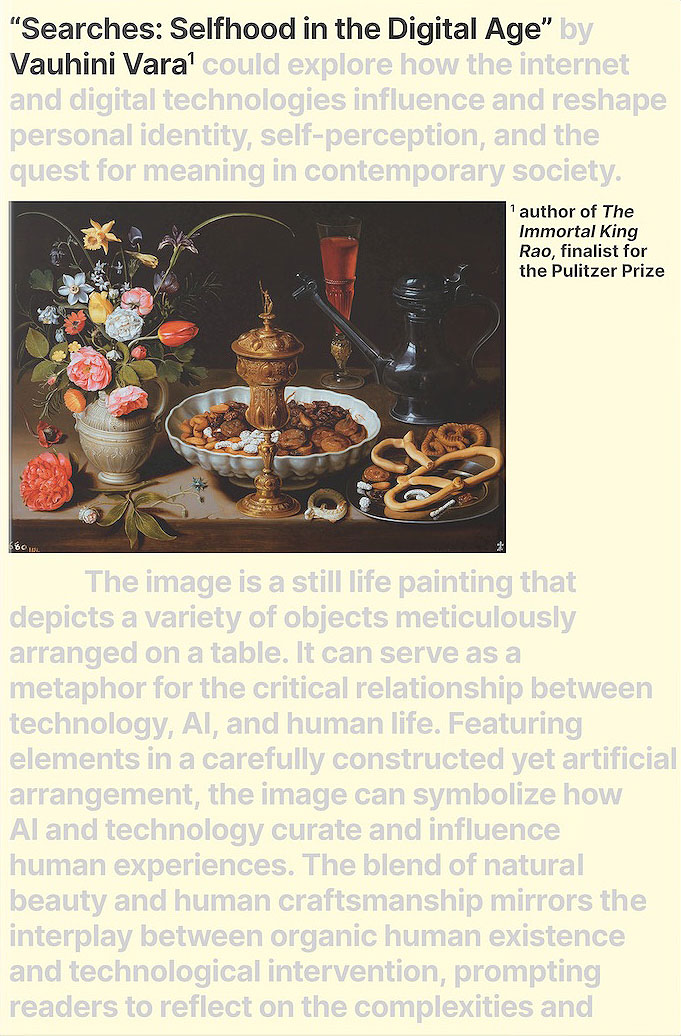
Vauhini Vara
Vara notices that ChatGPT writes “we” and “our” in these responses, pulling it into the human story, not the tech one: “Earlier you mentioned ‘our access to information’ and ‘our collective experiences and understandings.’” When she asks what the rhetorical purpose of that choice is, ChatGPT responds with a numbered list of benefits including “inclusivity and solidarity” and “neutrality and objectivity.” It adds that “using the first-person plural helps to frame the discussion in terms of shared human experiences and collective challenges.” Does the bot believe it’s human? Or at least, do the humans who made it want other humans to believe it does? “Can corporations use these [rhetorical] tools in their products too, to subtly make people identify with, and not in opposition to, them?” Vara asks. ChatGPT replies, “Absolutely.”
Vara has concerns about the words she’s used as well. In “Thank You for Your Important Work,” she worries about the impact of “Ghosts,” which went viral after it was first published. Had her writing helped corporations hide the reality of AI behind a velvet curtain? She’d meant to offer a nuanced “provocation,” exploring how uncanny generative AI can be. But instead, she’d produced something beautiful enough to resonate as an ad for its creative potential. Even Vara herself felt fooled. She particularly loved one passage the bot wrote, about Vara and her sister as kids holding hands on a long drive. But she couldn’t imagine either of them being so sentimental. What Vara had elicited from the machine, she realized, was “wish fulfillment,” not a haunting.
The rapid proliferation of AI in our lives introduces new challenges around authorship, authenticity, and ethics in work and art. How can we make sense of these machines, not just use them?
The machine wasn’t the only thing crouching behind that too-good-to-be-true curtain. The GPT models and others are trained through human labor, in sometimes exploitative conditions. And much of the training data was the creative work of human writers before her. “I’d conjured artificial language about grief through the extraction of real human beings’ language about grief,” she writes. The creative ghosts in the model were made of code, yes, but also, ultimately, made of people. Maybe Vara’s essay helped cover up that truth too.
In the book’s final essay, Vara offers a mirror image of those AI call-and-response exchanges as an antidote. After sending out an anonymous survey to women of various ages, she presents the replies to each question, one after the other. “Describe something that doesn’t exist,” she prompts, and the women respond: “God.” “God.” “God.” “Perfection.” “My job. (Lost it.)” Real people contradict each other, joke, yell, mourn, and reminisce. Instead of a single authoritative voice—an editor, or a company’s limited style guide—Vara gives us the full gasping crowd of human creativity. “What’s it like to be alive?” Vara asks the group. “It depends,” one woman answers.
David Hajdu, now music editor at The Nation, and previously a music critic for The New Republic, goes back much further than the early years of Facebook to tell the history of how humans have made and used machines to express ourselves. Player pianos, microphones, synthesizers, and electrical instruments were all assistive technologies that faced skepticism before acceptance and, sometimes, elevation in music and popular culture. They even influenced the kind of art people were able to and wanted to make. Electrical amplification, for instance, allowed singers to use a wider vocal range and still reach an audience. The synthesizer introduced a new lexicon of sound to rock music. “What’s so bad about being mechanical, anyway?” Hajdu asks in The Uncanny Muse. And “what’s so great about being human?”
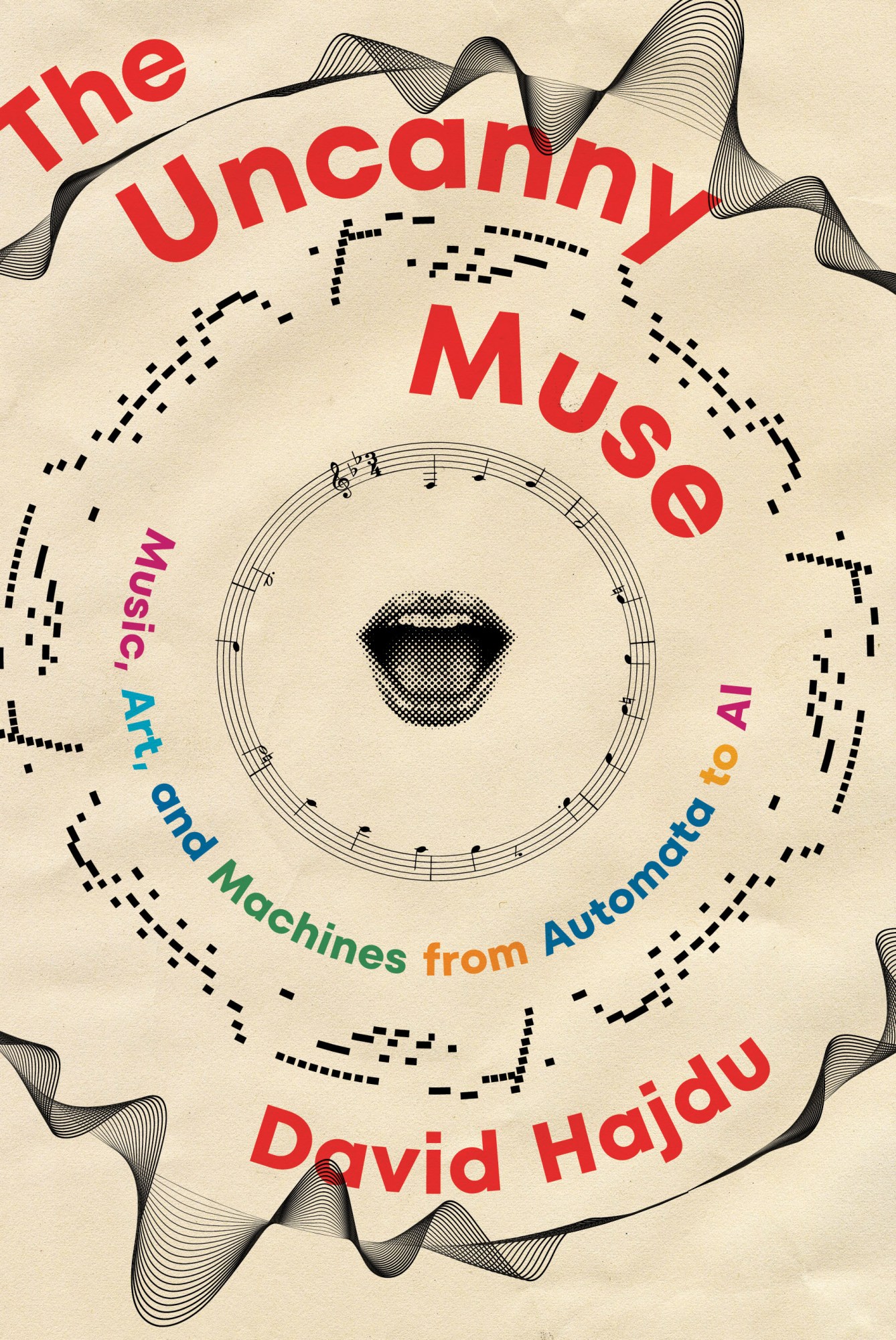
David Hajdu
But Hajdu is also interested in how intertwined the history of man and machine can be, and how often we’ve used one as a metaphor for the other. Descartes saw the body as empty machinery for consciousness, he reminds us. Hobbes wrote that “life is but a motion of limbs.” Freud described the mind as a steam engine. Andy Warhol told an interviewer that “everybody should be a machine.” And when computers entered the scene, humans used them as metaphors for themselves too. “Where the machine model had once helped us understand the human body … a new category of machines led us to imagine the brain (how we think, what we know, even how we feel or how we think about what we feel) in terms of the computer,” Hajdu writes.
But what is lost with these one-to-one mappings? What happens when we imagine that the complexity of the brain—an organ we do not even come close to fully understanding—can be replicated in 1s and 0s? Maybe what happens is we get a world full of chatbots and agents, computer-generated artworks and AI DJs, that companies claim are singular creative voices rather than remixes of a million human inputs. And perhaps we also get projects like the painfully named Painting Fool—an AI that paints, developed by Simon Colton, a scholar at Queen Mary University of London. He told Hajdu that he wanted to “demonstrate the potential of a computer program to be taken seriously as a creative artist in its own right.” What Colton means is not just a machine that makes art but one that expresses its own worldview: “Art that communicates what it’s like to be a machine.”
What happens when we imagine that the complexity of the brain—an organ we do not even come close to fully understanding—can be replicated in 1s and 0s?
Hajdu seems to be curious and optimistic about this line of inquiry. “Machines of many kinds have been communicating things for ages, playing invaluable roles in our communication through art,” he says. “Growing in intelligence, machines may still have more to communicate, if we let them.” But the question that The Uncanny Muse raises at the end is: Why should we art-making humans be so quick to hand over the paint to the paintbrush? Why do we care how the paintbrush sees the world? Are we truly finished telling our own stories ourselves?
Pria Anand might say no. In The Mind Electric, she writes: “Narrative is universally, spectacularly human; it is as unconscious as breathing, as essential as sleep, as comforting as familiarity. It has the capacity to bind us, but also to other, to lay bare, but also obscure.” The electricity in The Mind Electric belongs entirely to the human brain—no metaphor necessary. Instead, the book explores a number of neurological afflictions and the stories patients and doctors tell to better understand them. “The truth of our bodies and minds is as strange as fiction,” Anand writes—and the language she uses throughout the book is as evocative as that in any novel.

Pria Anand
In personal and deeply researched vignettes in the tradition of Oliver Sacks, Anand shows that any comparison between brains and machines will inevitably fall flat. She tells of patients who see clear images when they’re functionally blind, invent entire backstories when they’ve lost a memory, break along seams that few can find, and—yes—see and hear ghosts. In fact, Anand cites one study of 375 college students in which researchers found that nearly three-quarters “had heard a voice that no one else could hear.” These were not diagnosed schizophrenics or sufferers of brain tumors—just people listening to their own uncanny muses. Many heard their name, others heard God, and some could make out the voice of a loved one who’d passed on. Anand suggests that writers throughout history have harnessed organic exchanges with these internal apparitions to make art. “I see myself taking the breath of these voices in my sails,” Virginia Woolf wrote of her own experiences with ghostly sounds. “I am a porous vessel afloat on sensation.” The mind in The Mind Electric is vast, mysterious, and populated. The narratives people construct to traverse it are just as full of wonder.
Humans are not going to stop using technology to help us create anytime soon—and there’s no reason we should. Machines make for wonderful tools, as they always have. But when we turn the tools themselves into artists and storytellers, brains and bodies, magicians and ghosts, we bypass truth for wish fulfillment. Maybe what’s worse, we rob ourselves of the opportunity to contribute our own voices to the lively and loud chorus of human experience. And we keep others from the human pleasure of hearing them too.
Rebecca Ackermann is a writer, designer, and artist based in San Francisco.











